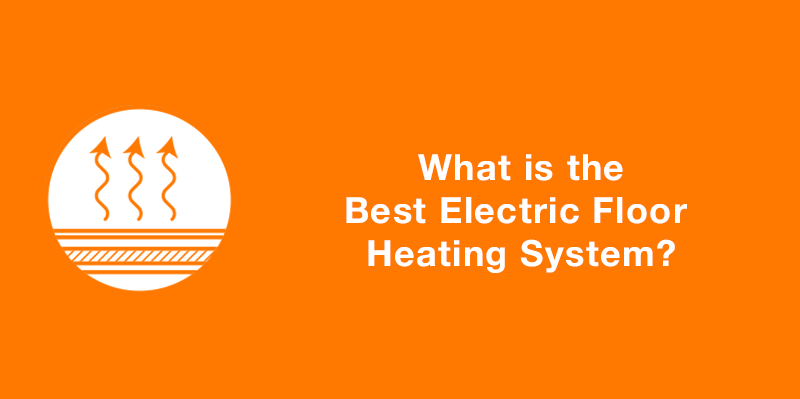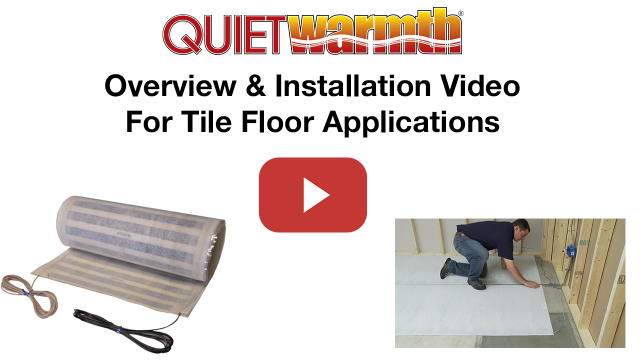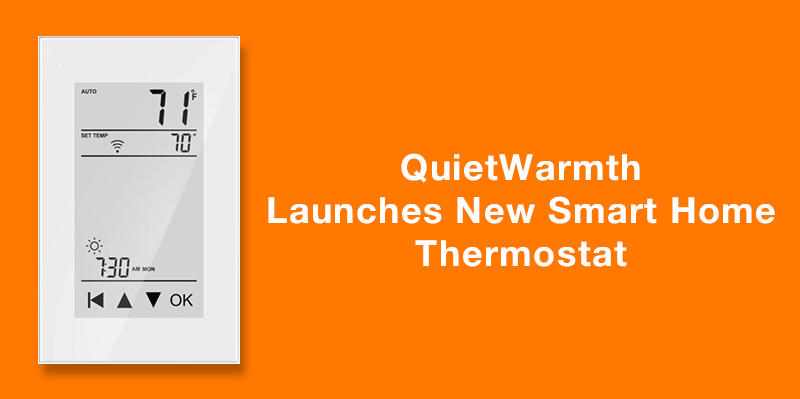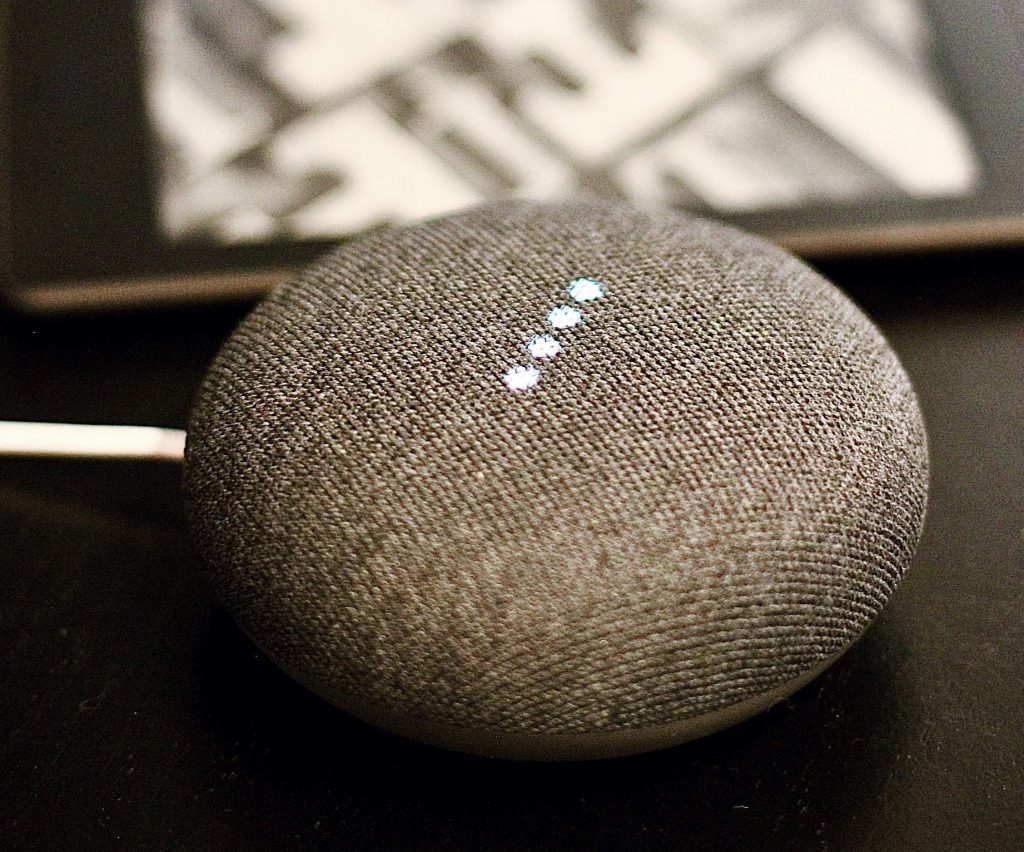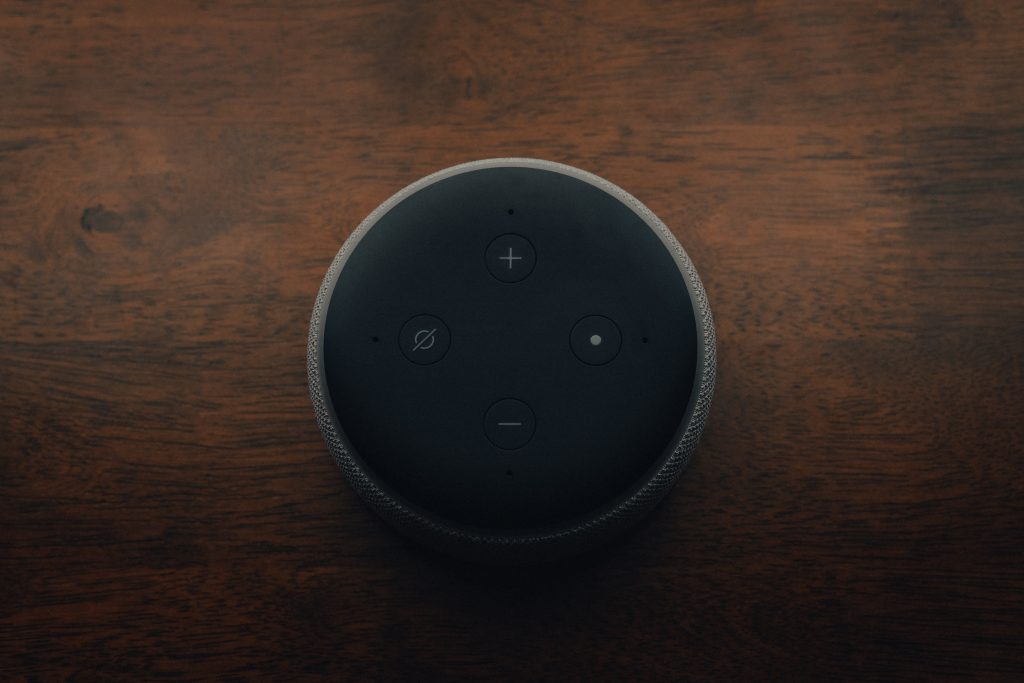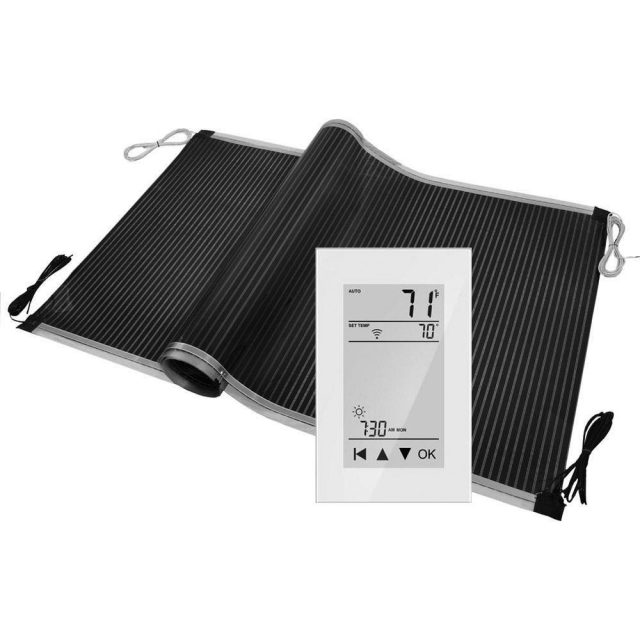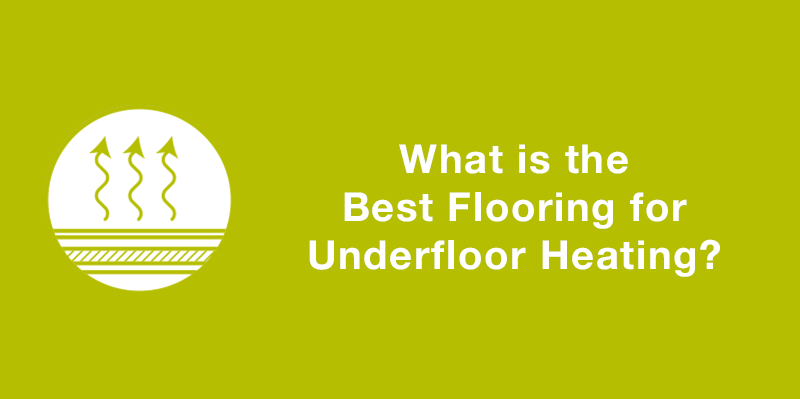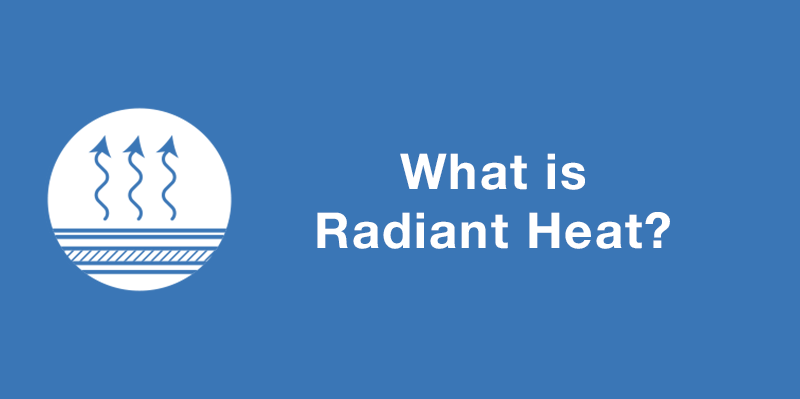With all of the floor heating systems out there, figuring out the best electric floor heating system can be tough. In fact, it can become even tougher when you have to consider what type of flooring you’re installing. In this article, we will go over what you need to consider when determining what electric floor heating system works best for you.
Ease of Installation
Installing an electric floor heating system is normally a difficult job. The wires in the mats will create a need for messy self-levelers and mortars to create a smooth surface for your flooring to lay on. However, mats like QuietWarmth use conductive ink technology. This makes the mats thinner than a credit card, eliminating the need for extra self-levelers and mortars. This eliminates the extra headache of worrying about extra self-levelers and messy mortars.
Energy Efficiency
Energy Efficiency plays a substantial role when considering long term expenses from your heating system. The conductive ink technology gives QuietWarmth an upper-hand in efficiency as well. Not only is the ink technology efficient by nature, but it heats the flooring more evenly compared to cables running back and forth. The cables have to run hotter to make up for the flooring area not in contact with the wire. The heat is distributed unevenly leading to hot and cold spots in the flooring.
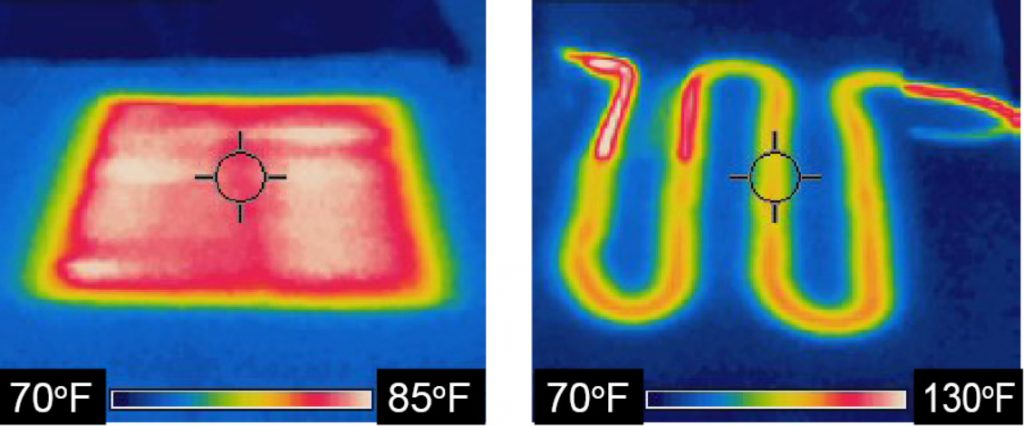
We believe QuietWarmth is the best electric floor heating system for all types of floors! QuietWarmth was designed with the customer’s ease of use in mind. This is why there are three different kinds available for each type of flooring. They all heat up your floor with the same technology, but their installations differ.
Electric Floor Heating System for Laminate and Luxury Vinyl Plank
QuietWarmth for Floating floors can be installed in four simple steps – install the underlay, roll out the radiant heat film, hook wires together, have an electrician complete the final wiring. As for the underlay, QuietWarmth works best with QuietWalk as one just needs to cut the QuietWalk and run the lead wires and floor sensor inside the channel created in the underlayment. This makes the wires completely level with the heating mats, so they will not affect your flooring’s level surface. QuietWalk also creates a thermal barrier between your heating mats and your sub-floor, so the heat is pushed up into your flooring.
Electric Floor Heating System for Tile Floors
QuietWarmth Peel and Stick mats are as simple as they sound. The mats are cleverly designed with a peel and stick adhesive on the striped side of the mat. This convenient design is less expensive to install without needing any extra self-leveling mortar to adhere the mat to a properly prepared subfloor without raising the height of the flooring. This also allows for a same-day tile installation. The factory equipped anti-fracture member will even help protect your tile floors from future shifting and potential cracking of your subfloor.
Electric Floor Heating System for Existing Floors
Already have beautiful flooring installed? No problem, QuietWarmth Retrofit Radiant Heat is built specifically for the case. The mats are installed between existing floor joists. You can install them from the basement beneath or from available crawl space. Since the mats are not installed directly beneath the flooring, they are compatible with any flooring.
Every QuietWarmth system needs a thermostat to control the temperature of the flooring. We have just launched our new QuietWarmth Smart Home thermostat! We wrote an article that shows its many features here.
Join Our Newsletter
You are about to install your new flooring. As you lay the first plank you realize that

